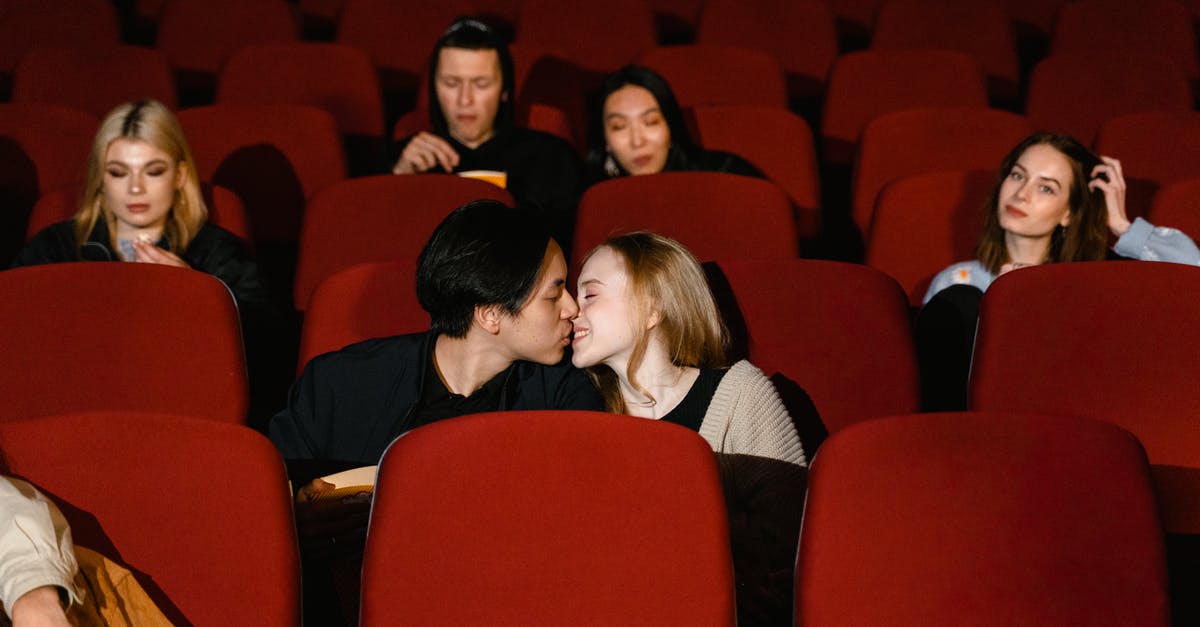How is narrative affected by cinema turnover schedules?

My question comes from part of an answer on Writers which says, in part...
Forcing the story to fit a rigid, arbitrary amount of pages – like a screenplay that must introduce pre-requisite conflicts at "percentages" of running time to fit cinema turnover schedules or TV commercial breaks – is much likelier to lead to narrative flaws,
I don't understand what the answerer means by this. What's a "cinema turnover schedule" and how does it relate to conflict being introduced at certain points? Examples would be very helpful.
Best Answer
As a former screenwriter, I'm well aware of standard Hollywood story structure. Essentially, the story is broken into 8 sections of nearly-equal length, with sections 1 and 8 typically being a little shorter, and sections 2 and 7 typically being a little longer. Sections 3-6 comprise the "second act", where the main characters move past obstacles towards the "big push" at the end.
However, the question asks about 2 things: cinema turnover schedules, and TV commercial breaks. Cinema turnover schedule only refers to how many screenings of a film can occur at a theater (cinema) in a day. Theaters generally prefer movies of 2 hours or shorter, so they can maximize the number of screenings and sell the most tickets. For example, Avengers: Endgame is about 3 hours long. If you assume 15 minutes between screenings to clean the theater and get the new audience seated, Avengers: Endgame can only be shown 4 times (per screen) in a 13-hour period. A 2-hour movie can be shown 6 times, and a 90-minute movie can be shown 7 times. More screenings = more $$$ for the theater.
The second point is about TV commercial breaks. Hollywood movie story structure was established decades before TV was invented. TV works around that structure. TV stations schedule commercials as needed. And sometimes they ignore the story's "beats" entirely; we've all seen plenty of films on TV interrupt tense action sequences or emotional moments to run commercials.
So to sum up, I think the original point was somewhat flawed. Hollywood scripts are a particular length because of movie theater requirements. But the story structure is just based on what mainstream audiences expect, not what TV requires.
Pictures about "How is narrative affected by cinema turnover schedules?"



What is Expanded Cinema?
Sources: Stack Exchange - This article follows the attribution requirements of Stack Exchange and is licensed under CC BY-SA 3.0.
Images: Tima Miroshnichenko, Luis Quintero, Kyle Loftus, Pietro Jeng
